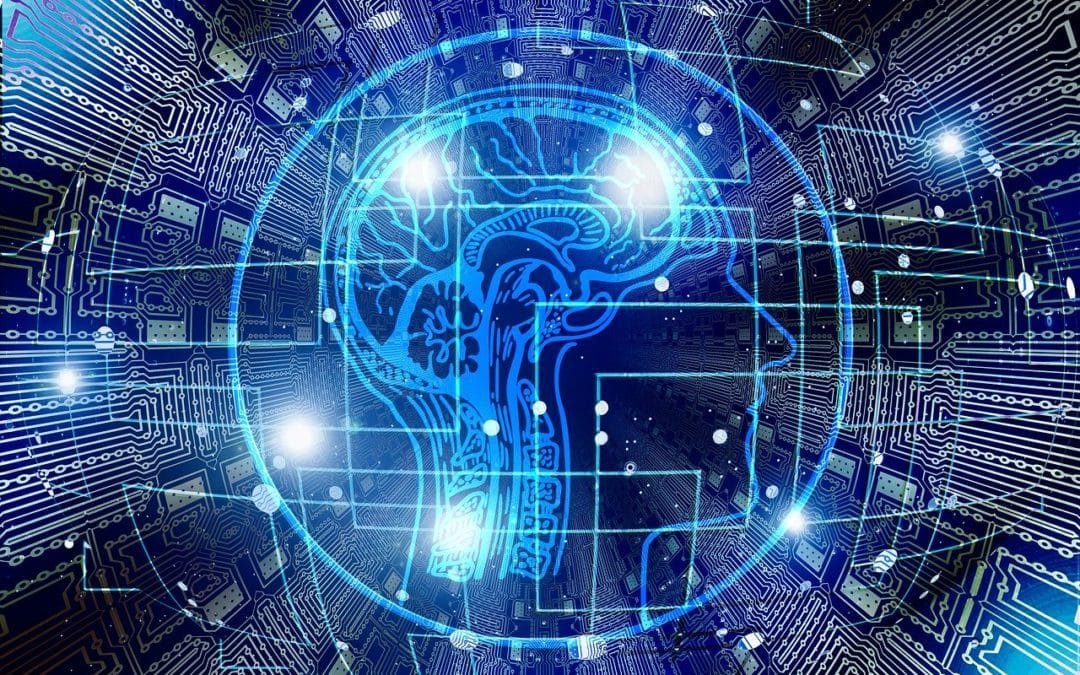This article is part of the “Job search tips” series.
AI has been a part of talent assessment scenes since the move to unsupervised testing and computer-based scoring. Employers are using AI tools in the following areas of the hiring process:
- Classification- Al excels in classifying the data in specific behaviour patterns
- Prediction- AI uses numerous statistical models to predict hiring outcomes and update forecasting
- Decision Making- Provides the next ‘best move’ and how it affects the rest of ecosystem in which the move is implemented
AI in the Selection & Assessment Process
AI can help recruitment teams handle volumes of resumes and interviews through automated screening, structured video interviews and analytical psychometric evaluations.
For example, Aon’s online creativity-assessment tool, sparks, uses advanced natural language processing (NLP). AI based tools provide fully automated scoring and an evaluation of the candidate that is equivalent to that of an expert.
Utilising AI technology for video assessments
Aon’s AI Based Video assessment platform, vidAssess, is based on the concept of construct validity, meaning how well a test or tool measures the construct that it was designed to measure. vidAssess focuses on the competencies and identifiable behavioural anchors.
AI’s evaluate a candidate’s responses in video assessments using:
– Audio transcription tools
– Real time speech recognition tools for language proficiency checks
– Facial and expression recognition software
AI is trained to mimic human ratings, by understanding traits and competencies for a specific role. This ensures a precise, efficient, justifiable and bias-free assessment process.
Defining the measurement framework
Humans will design interview guides and training data for video assessments tool to control and monitor AI assessments. The measurement framework is:
– Defined by mapping stimulus, concepts (behaviour) and facets
– Transferred to the AI systems to operationalize and to identify desired traits
– Used to measure or score candidate responses for positive or negative indicators using speech to text conversion technology
A disposition such as conscientiousness has multiple facets like ‘being organized’. Multiple behaviours (for example-maintaining to-do lists) are attached to various facets. A question (stimulus) such as “How do you organize your day” will identify multiple behaviours. The candidate is engaged in further conversation to identify evidence of behaviour.
AI based applicant proctoring
With online and un-proctored assessments, it is important not to relax the standards set by traditional methods of proctored assessments.
-Multiple levels of authentication use facial and emotional recognition software to collect digital face print to ensure candidate identity.
-AI can alert employers of any malpractice with specific triggers (for example – simultaneous login attempts from multiple places).
-AI can be used to block and monitor attempts of unfair practices, identify possible internet failure and can enable automatic log out.
Future of AI powered assessments
Here’s a look at how AI powered Talent Acquisition would look like in the future:
AI powered robot -Sam is partnering with employers to identify the right candidates. Jill on the other hand is graduating from university and wants to start her career but has not really considered where she wants to start. Sam finds Jill through her digital print and qualifications and creates a preliminary profile. Her profile is matched to a specific position in the company. Jill receives an invite from Sam for a preview of the role using virtual reality and wants to proceed further. Jill participates in an online assessment tailored by Sam to fill gaps in the preliminary profile. Sam compares internal profiles that are a success and schedules a live interview for Jill with the hiring manager. The hiring manager uses an interview guide prepared by Sam to identify specific traits or emphasise on information that Jill is interested in knowing. Jill is found to be a good match and is selected for the role.
It is not too long before we can see more advancement in AI based assessments such as visual recognition allowing for candidate identity checks, voice and linguistic analytics, extracting concepts and emotions from video-based interviews to infer personality characteristics.
AI systems will continuously learn by ‘observing’ best practices rather than being programmed. The more data that is fed into the algorithm, more the accuracy of decisions by AI systems. The rule-based system in AI will be replaced by interacting collections of task-specific neural networks.
Author bio:
Rohit Philips a strategic brand management professional bringing 12 years of experience in leveraging industry and market trend knowledge to develop consultative approaches. Highly skilled in creating customized business solutions to drive growth. Proven history of successfully building key partnerships and customer rapport. Excellent background in problem-solving and technical support.
